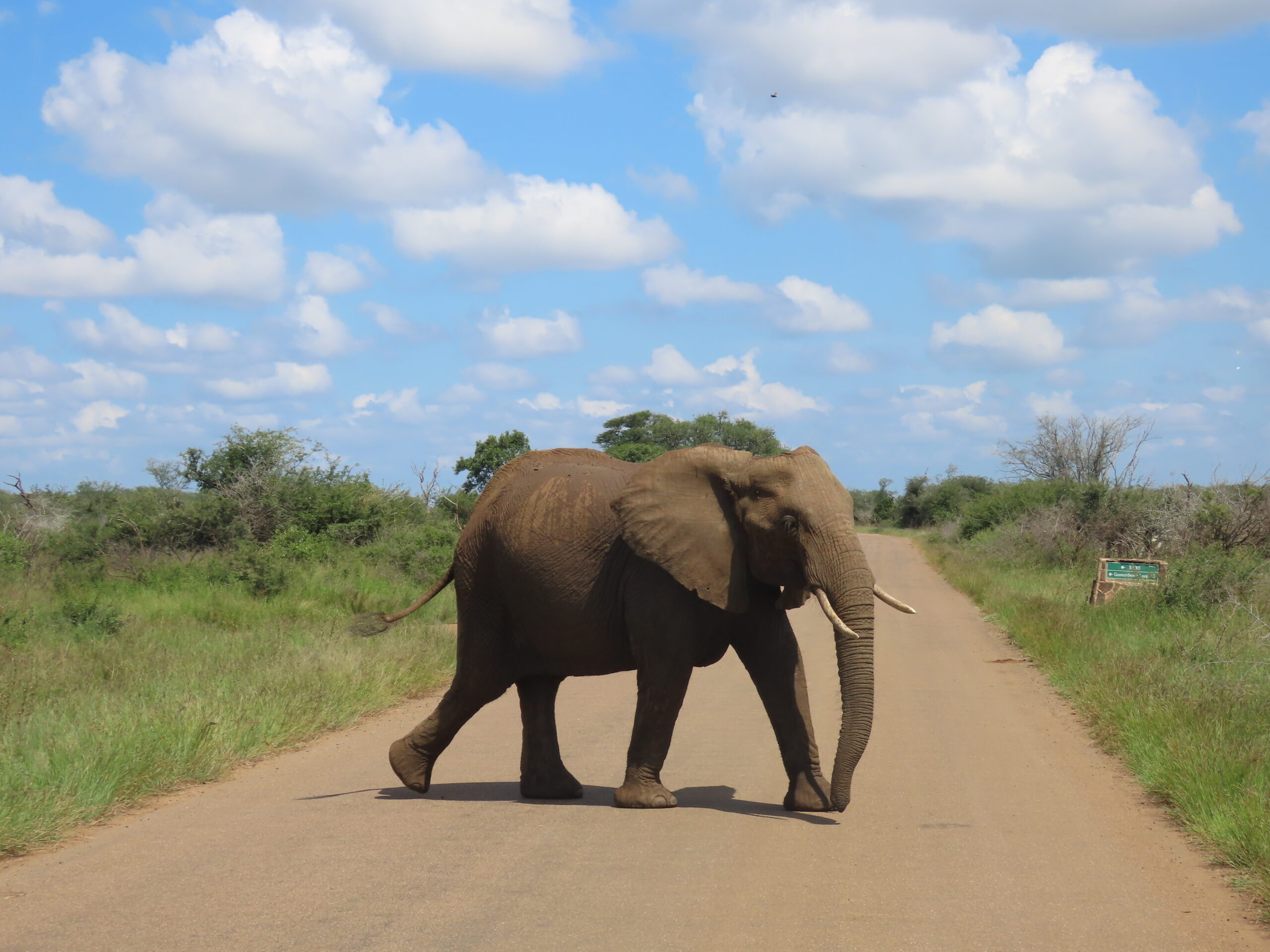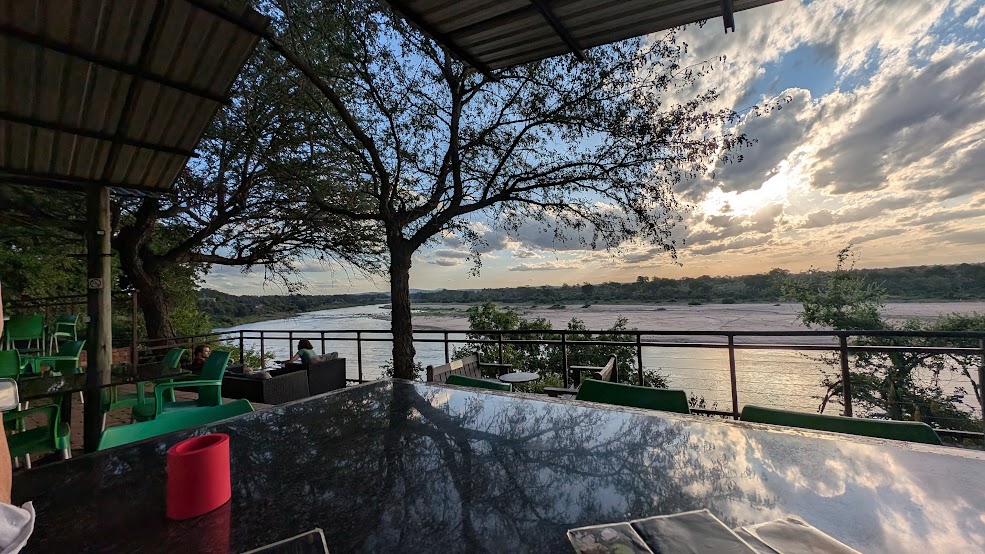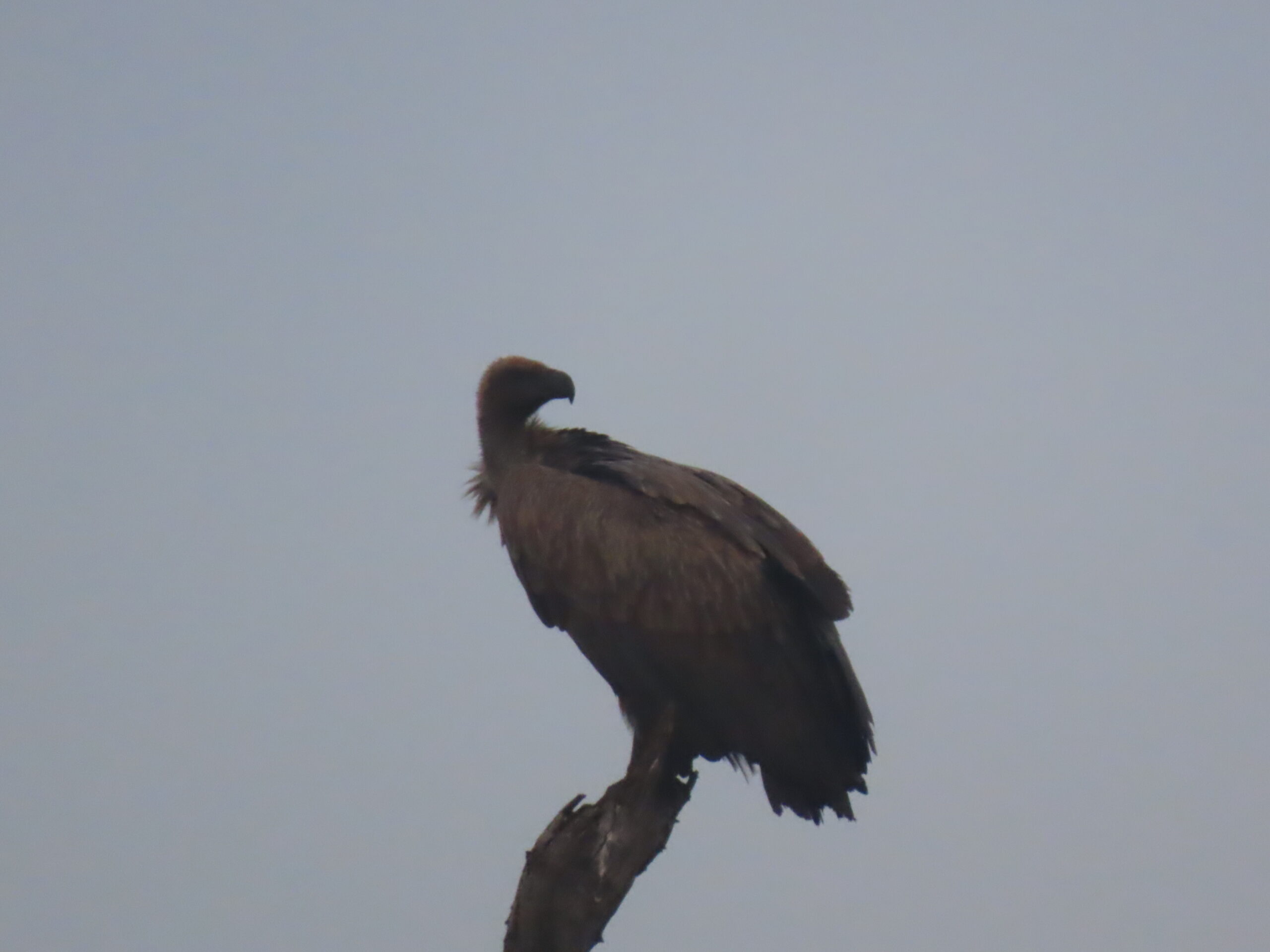
Here are some facts about Kruger National Park we’d yet to share:
Kruger National Park is one of Africa’s most iconic and expansive wildlife reserves. Located in northeastern South Africa, it spans the provinces of Limpopo and Mpumalanga and covers nearly 20,000 square kilometers (7,700 square miles)—roughly the size of Israel or New Jersey. It’s a major bucket-list destination for nature lovers, safari-goers, photographers, and anyone seeking a wild, immersive experience in the African bush.

Highlights of Kruger National Park:
1. The Big Five:
Kruger is one of the best places in the world to see the Big Five—lion, leopard, elephant, rhino, and buffalo—in their natural habitat. Spotting all five in one trip is common if you’re lucky and spend a few days exploring. There are no rhinos in the areas we visit on our safaris. At some point, we’ll drive further north to spot rhinos in a protected area to avoid poachers.

2. Biodiversity:
The park is home to an astonishing diversity of life:
-
500+ bird species
-
140+ mammal species
-
100+ reptile species
-
Countless plant and tree varieties
3. Self-Drive Safaris:
Unlike many other parks in Africa, Kruger is self-drive-friendly. You can rent a car, grab a map, and set out on your game drive. It’s safe, relatively easy, and gives you total freedom over your safari adventure. We make a point of embarking on a self-drive in Kruger once a week. We prefer self-drive to guided safaris since we can tour at our own pace. We often arrange a guided safari for the extra experience when guests visit.

4. Accommodations for All Budgets:
From luxury lodges like Singita and Royal Malewane to SANParks rest camps (like Skukuza, Satara, and Lower Sabie), there’s something for every budget and travel style. Many rest camps even have shops, restaurants, and guided game drives. Since we have such a lovely holiday home in Marloth Park, we don’t see a reason to pay for the rest of the accommodations in Kruger.

5. Night and Guided Walk Safaris:
Beyond daytime game drives, Kruger also offers night safaris and guided bush walks—incredible ways to see nocturnal wildlife and learn about smaller animals, insects, and plants you’d probably miss otherwise. We are going on a Thermal Night Drive in Marloth Park tomorrow night.

6. Nearby Attractions:
While Kruger could easily fill a trip, it’s also close to scenic areas like the Panorama Route, featuring Blyde River Canyon, God’s Window, and Bourke’s Luck Potholes, all of which we previously visited.

The three of us are going to Quiz Night at Giraffe Pub and Grill tonight. At 5:30, friends Kathy and Don, her sister Connie, and Don’s cousin Sandra will join us for dinner and to play the game. It should be extra fun with our friends.
Have a fantastic Tuesday!
Be well.
Photos from ten years ago today, April 15, 2015:
 |
| In Kauai, the sun is waning on a less cloudy evening. For more photos, please click here. |






























































